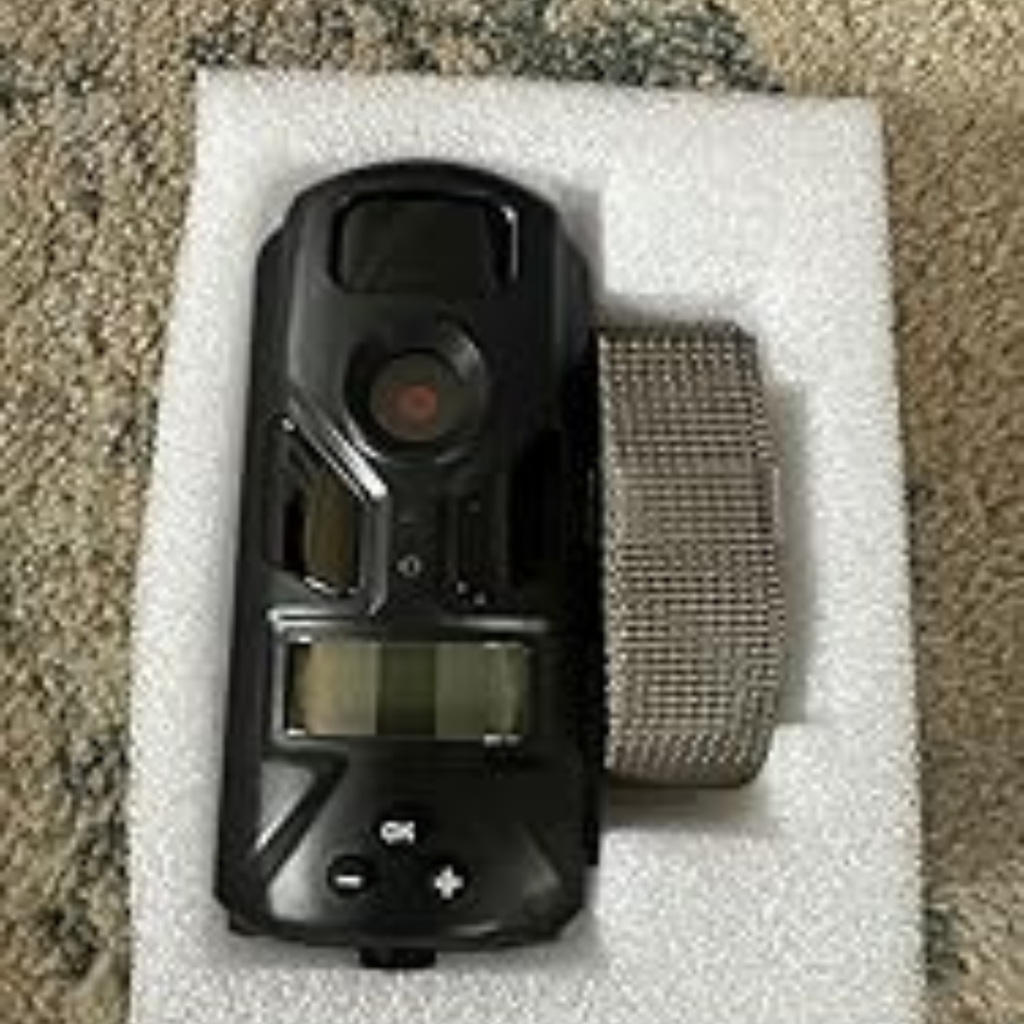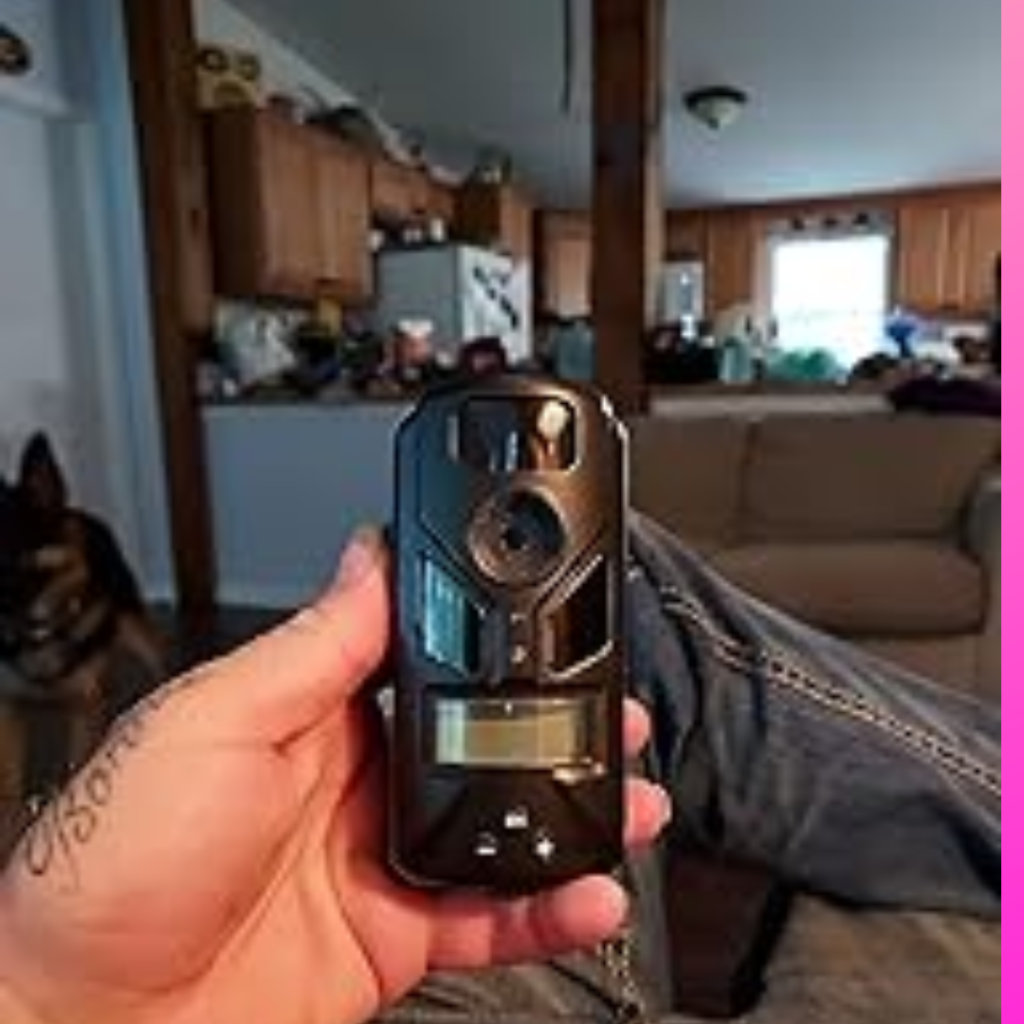Night vision cameras are a game changer. They help us see in the dark for home security or spotting wildlife. But why is night vision popular on cameras? Simple—it lets us see when the sun goes down. I’ve used these cameras for safety and fun, and they make a huge difference. In this article, I’ll explain how night vision cameras work, the difference between night vision and infrared, and how thermal vision compares. Let’s dive in!
How Do Night Vision Cameras Work?
Night vision cameras help you see in the dark. They use special technology to brighten up dim scenes, making everything clearer. It’s like turning on a light, but without anyone noticing!
Most night vision cameras boost small amounts of light, like moonlight or streetlights. This process is called low-light imaging. Some cameras also use infrared (IR) light, which is invisible to the eye but helps create clear images in total darkness.
There are three main types of night vision technology:
- Low-Light Sensors – They enhance tiny bits of light to make things visible.
- Infrared (IR) Night Vision – Uses invisible IR LEDs to light up dark areas.
- Thermal Vision – Detects heat instead of light, showing warm objects as glowing shapes.
Whether you need a camera for security, wildlife watching, or just fun, night vision helps you see what’s hidden in the dark!

Can Cameras See in the Dark?
Most cameras can’t see in total darkness. They need light to capture images. If you’ve ever taken a photo at night without flash, you know it turns out blurry or too dark.
Night vision cameras work differently. They don’t need bright light. Instead, they boost tiny amounts of light, like moonlight or streetlights, to create a clear picture. This is called low-light imaging.
Some cameras use infrared (IR) mode if there’s no light. They send out invisible IR light to brighten the scene without anyone noticing.
So, while regular cameras struggle in the dark, night vision cameras help you see what your eyes can’t!
Thermal Vision vs. Night Vision
Ever wondered why some cameras show glowing shapes while others make the night look like a day? That’s the difference between thermal vision and night vision—both are super cool but work in different ways!
What Is Thermal Vision?
Thermal vision doesn’t need light at all. Instead, it picks up heat. Everything gives off heat, even in total darkness. A thermal camera sees heat and turns it into an image—hot things look bright, and cooler areas look dark.
This means that even if there’s no light, thermal cameras can still spot people, animals, or cars because they stay warm.
How Is Night Vision Different?
Night vision needs light to work. It takes tiny amounts of light from the moon or streetlights and makes them brighter. If there’s no light, some cameras use invisible infrared (IR) light to brighten the scene.
That’s why security cameras use night vision—they can show what’s happening in the dark without needing a big spotlight.
Which One Is Better?
It depends on what you need!
- Want to see faces or details? Night vision is better.
- Looking for animals at night? Thermal vision is best—it can spot heat through fog or bushes.
- Need to see in total darkness? Thermal vision works with zero light, while night vision needs at least a little.
In short, thermal vision is great for spotting things, but night vision is better for seeing details. Both are super useful, but knowing when to use each makes a big difference!
Night Vision vs. Infrared: What’s the Difference?
Night vision and infrared might seem the same, but they’re different. Let me explain!
What’s Night Vision?
Night vision helps you see in low light. It takes tiny amounts of light, like moonlight or streetlights, and makes them brighter. But, if there’s no light, night vision won’t work.
What’s Infrared?
Infrared (IR) light is invisible. It’s used in night vision cameras to illuminate total darkness. IR light is like a flashlight: You can’t see it, but the camera can. It helps the camera capture clear images even when it is pitch black outside.
How Do Infrared Illuminators Work?
Infrared illuminators make IR work. They shine invisible light that bounces off objects, helping the camera see in the dark. You might notice a faint red glow on some cameras—the infrared light.
Where Do We Use These Technologies?
- Security Cameras: They use IR to see at night.
- Wildlife Watching: Night vision helps spot animals, while infrared detects their heat.
- Photography: IR is used for cool effects and low-light images.
- Military and Police: Both technologies help in low-light operations.
In short, night vision makes things brighter, while infrared helps you see in complete darkness. They each do their part to help you see what your eyes can’t!
Night Vision Camera View: What to Expect
When you first try a night vision camera, the images may surprise you. The quality isn’t the same as what you see during the day, but that’s part of the charm. These cameras let you see in low light, and the view differs from regular pictures. Let’s look at what you can expect.
What Does the Image Quality Look Like?
Night vision cameras give clear images but might look grainy or blurry, especially in very low light. It’s like looking through a foggy window. However, most newer cameras have great tech to make things clearer. The pictures may not be as sharp as those in daylight, but you’ll still see what’s happening.
Quick answer: The image is usually clear enough but not as sharp as daytime footage.
Black-and-White vs. Color Night Vision
This part is fun. Old night vision cameras showed only black-and-white images, but newer ones can show color! In black-and-white, the camera boosts the little light to make everything clearer. While it’s not as pretty, it does the job for security and basic use.
Color night vision uses infrared light to give you a more vibrant view. The colors might not always look perfect, but it’s much better than the old black-and-white models.
Quick answer: Black-and-white night vision works well in low light, but color night vision is more vibrant, though not always perfect.
Real-Life Examples of Night Vision Camera Views
I remember setting up my first-night vision camera for security. At first, I wasn’t sure how much I could see. But when I checked the footage, I was amazed! The images were clear enough to spot people and cars even in complete darkness.
I’ve also used these cameras to watch wildlife. Infrared light helps you spot animals you might have missed in the woods at night. It feels like a superpower—seeing what’s happening in the dark!
Quick answer: Night vision cameras give you a clear view, whether for security or wildlife watching. They help you see things that are hard to spot in the dark.
So, whether you’re setting up a security camera or just curious, the big takeaway is this: night vision cameras have come a long way. They might not be perfect, but they’re great for seeing in the dark—something our eyes can’t do!

Why Is Night Vision Popular on Cameras?
Night vision cameras are everywhere—in security systems, wildlife tracking systems, and even our phones. But why do people love them? The answer is easy: life doesn’t stop when it gets dark, and neither should our cameras.
Night Vision Makes Security Stronger
Most crimes happen at night. Without night vision, a regular camera is almost useless in the dark. That’s why home security cameras now come with infrared (IR) or color night vision. Think of it like giving your home super-powered night vision goggles.
Quick answer: Night vision helps security cameras see 24/7, catching details regular cameras miss in the dark.
Night vision is not just for homes. Businesses, parking lots, and streets use it to stay safe. Police rely on it, too, as it helps them track movement in low light.
Night Vision Is Now Affordable
Night vision used to be only for the military or spy movies. Not anymore. Technology has improved, and almost anyone can afford a night vision camera.
Years ago, good night vision cameras were expensive. Now, you can find decent ones for under $100. Better sensors and smarter software have made night vision clearer and cheaper.
Quick answer: Night vision cameras are now easy to buy, making them a must-have for security and fun.
How Night Vision Cameras Help in Real-Life
I remember the first time I checked my night vision security camera. My motion alerts kept going off. I thought it was something serious—but nope, just a cat! Still, these cameras help catch intruders, stop package theft, and spot animals at night.
Wildlife lovers use them, too. Whether you’re tracking a nocturnal animal in the woods or just curious about your backyard, night vision cameras reveal a world we’d never see otherwise.
Quick answer: Night vision cameras boost safety, prevent crime, and show us things hidden in the dark.
FAQs
How do night vision cameras work in complete darkness?
Night vision cameras use invisible infrared (IR) light to see in total darkness. The camera picks up this light and turns it into an image. It’s like using a flashlight, but only the camera can see it!
Quick answer: Night vision cameras use infrared light to see in the dark, even without natural light.
I tested one in my backyard. It looked pitch black, but the camera saw everything—my fence, trees, and even a sneaky raccoon!
Can night vision cameras work without infrared?
Yes, but only if there’s some light. Many cameras use low-light sensors to brighten up dim scenes. But in total darkness, they need infrared to see.
Quick answer: Night vision cameras need some light to work without infrared. In total darkness, they rely on IR.
I once turned off the infrared on my security camera—big mistake! The screen went black. Turns out, a little light makes all the difference.
Is thermal vision better than night vision for security?
It depends! Thermal cameras detect heat and work in complete darkness, fog, and even through bushes. But they don’t show faces or details. Night vision cameras show clearer images, making it easier to recognize people.
Quick answer: Thermal is great for spotting movement. Night vision is better for seeing faces and details.
If you need to see who’s at your door, use night vision. But thermal imaging is the way to go if you want to track movement in the dark. I use both—thermal imaging for scanning my yard and night vision for checking visitors.
Why do some night vision cameras show color images?
Newer cameras use special sensors to capture color in low light. They don’t need full sunlight—just a little light from the moon or streetlights. But in complete darkness, they switch to black and white.
Quick answer: Some cameras show color in low light, but in total darkness, they switch to black and white.
I was amazed when my friend’s night vision camera showed color at 2 AM! But it went black and white when I tried mine in total darkness. It turns out that these cameras need at least a little light to keep the color.
Do all security cameras have night vision?
No, but most do! Basic cameras struggle in low light. Night vision cameras use infrared or special sensors to see in the dark. Before buying one, check if it has IR LEDs or starlight night vision for clear night footage.
Quick answer: Not all security cameras have night vision. When buying one, look for IR or low-light sensors.
I once bought a cheap security camera, thinking it had night vision. Nope! At night, all I saw was darkness. Now, I always check for infrared LEDs before picking a camera.
Conclusion
Night vision cameras are game-changers. They help us see in the dark, whether for security, wildlife, or curiosity.
Why is night vision so popular? Because the world doesn’t stop at night. Security cameras need to work 24/7. Night vision helps prevent crime, catch details, and reveal what’s hidden in the dark.
The best part? Night vision is no longer just for the military. It’s now affordable and easy to use. You’ll find it in home security, wildlife, and phones.
If you’ve never tried one, I highly recommend it. The first time I checked my backyard camera, I saw a raccoon sneaking around. It felt like I had night vision goggles!
Thinking about getting one? Could you do it? You don’t realize how useful it is—until you need it.

My name is Garrison Smith, and I am the voice behind TheNightVisionGuru.com.. With a deep passion for night vision technology, I created this space to share my experiences, insights, and expertise with enthusiasts and newcomers alike. Whether you’re exploring night vision gear for professional purposes or recreational use, I’m here to guide you through the fascinating world of seeing in the dark.

